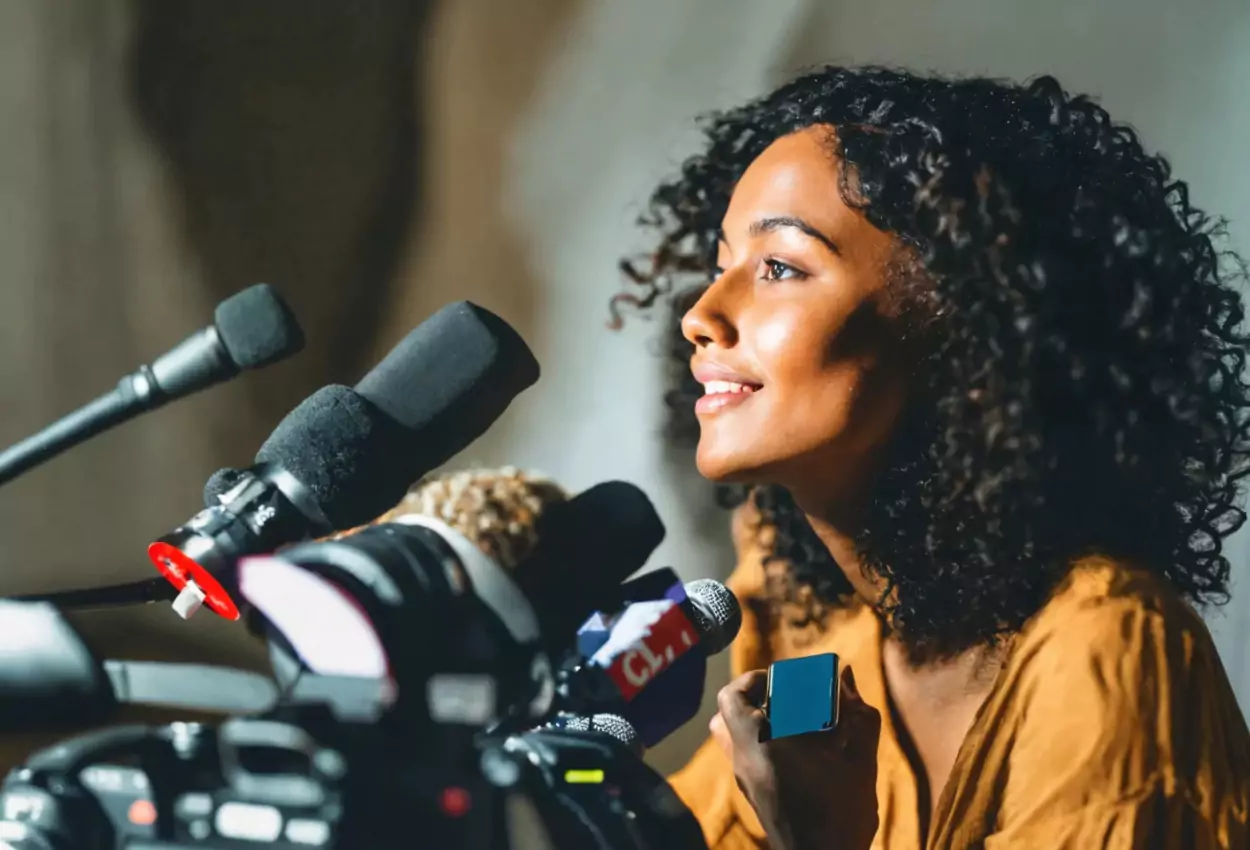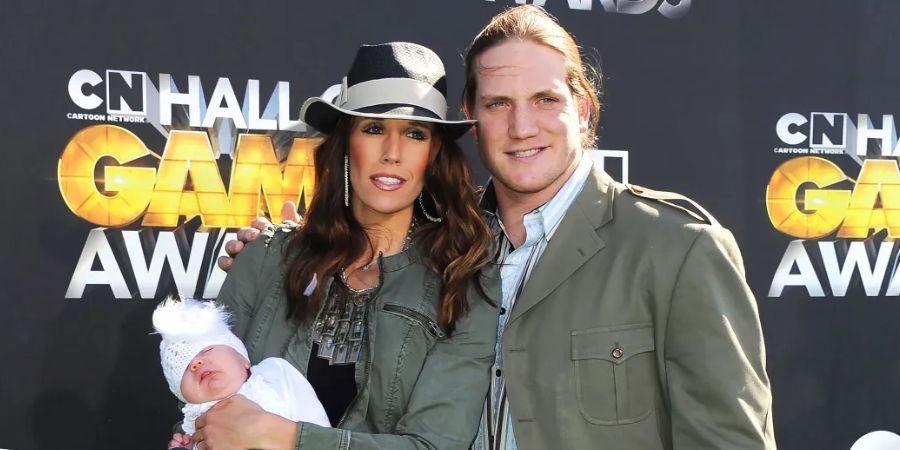The media plays a crucial role in shaping societal perceptions, influencing public opinion, and framing narratives around various issues, including gender and leadership. In the Middle East, where cultural, social, and political dynamics are complex, the representation of women leaders in the media significantly impacts how they are perceived and accepted in leadership roles. This article explores the multifaceted role of media in shaping perceptions of women leaders in the Middle East, highlighting both the progress made and the challenges that persist.
Historical Context
Historically, women in the Middle East have faced numerous barriers to leadership, often rooted in deep-seated cultural and societal norms that dictate gender roles. In many instances, media portrayals have reinforced stereotypes, depicting women primarily as caregivers or subservient figures rather than as capable leaders. This narrative has perpetuated the idea that leadership is a male domain, thereby limiting opportunities for women to ascend to positions of power.
However, as societal attitudes begin to shift and as women increasingly assert their rights and capabilities, the media’s role in representing these changes becomes pivotal. The evolution of media—especially with the rise of digital platforms—has provided new avenues for women leaders to emerge and be heard, creating a more diverse and nuanced portrayal of female leadership.
Changing Narratives
In recent years, there has been a noticeable shift in how women leaders are depicted in the Middle Eastern media. This change is driven by several factors, including the growing presence of women in politics, business, and other leadership roles. As more women break barriers and achieve prominence, media coverage has started to reflect these advancements.
Media outlets are increasingly showcasing stories of successful women leaders, entrepreneurs, and innovators. These narratives not only highlight individual achievements but also challenge traditional stereotypes about women’s roles in society. Coverage of women like Lubna Olayan, a prominent Saudi business leader, and Huda Al-Hashimi, a UAE government official, serves to inspire future generations and change perceptions about women’s capabilities in leadership positions.
The Power of Social Media
Social media platforms have revolutionized the way women leaders can communicate and engage with the public. Women leaders are now able to share their stories, achievements, and ideas directly with their audiences, bypassing traditional media gatekeepers. This democratization of information allows for a more authentic representation of women in leadership.
Platforms like Twitter, Instagram, and LinkedIn have become vital tools for women leaders to build their brands, engage with followers, and advocate for gender equality. The ability to share personal experiences and professional milestones has empowered women to reshape narratives around female leadership. This shift is crucial in the Middle East, where traditional media may still cling to outdated views.
Moreover, social media has facilitated the formation of online communities and networks that support women in leadership. These spaces provide a platform for discussion, mentorship, and collaboration, further amplifying the voices of women and enhancing their visibility in the public sphere.
Representation Matters
The representation of women leaders in media is not just about the stories told but also about who gets to tell them. Female journalists, editors, and media producers play an essential role in shaping narratives around gender and leadership. Their perspectives and experiences can influence how stories are framed and which voices are amplified.
As more women enter the media industry, they bring their insights and understanding of gender issues, leading to more balanced and accurate portrayals of women leaders. Initiatives aimed at increasing female representation in media can lead to more comprehensive coverage of women’s issues, challenges, and successes.
Challenges in Representation
Despite the progress made, challenges remain in the representation of women leaders in the Middle East. Traditional media outlets often prioritize sensationalism and may focus on the personal lives of women leaders rather than their professional accomplishments. This can undermine their credibility and reinforce stereotypes.
Moreover, negative portrayals and biased narratives can persist, particularly when women leaders face public scrutiny. Media coverage may emphasize their gender rather than their qualifications, leading to a perception that their success is contingent upon factors other than merit.
In addition, the intersection of culture and media in the Middle East can complicate the portrayal of women leaders. In societies where cultural norms dictate strict gender roles, the media may tread cautiously when covering women in leadership to avoid backlash. This can lead to a reluctance to portray women as assertive leaders, perpetuating existing stereotypes.
The Impact of International Media
International media also plays a significant role in shaping perceptions of women leaders in the Middle East. Coverage from global outlets can influence how local audiences perceive female leadership and gender issues. While international media often highlights the challenges women face in the region, it can also celebrate their achievements, providing a more comprehensive view of women’s roles in leadership.
However, this external perspective can sometimes be problematic. Coverage that focuses solely on struggles without acknowledging progress can perpetuate negative stereotypes. It is essential for international media to strike a balance by recognizing the complexities of women’s experiences in the Middle East and celebrating their successes alongside the challenges.
The Future of Media Representation
Looking ahead, the role of media in shaping perceptions of women leaders in the Middle East will continue to evolve. As more women assume leadership positions and challenge traditional norms, media coverage is likely to reflect these changes. The increasing accessibility of digital media platforms will provide women with more opportunities to share their stories and connect with audiences.
Moreover, media literacy initiatives can help audiences critically engage with the portrayal of women in leadership. By encouraging individuals to question narratives and seek out diverse perspectives, societies can foster a more equitable understanding of gender and leadership.
Conclusion
The media plays a pivotal role in shaping perceptions of women leaders in the Middle East, influencing societal attitudes and expectations. While significant progress has been made in recent years, challenges remain in achieving balanced and accurate representation. As the landscape continues to change, it is essential for media outlets to embrace diverse narratives that highlight the capabilities and contributions of women leaders. By doing so, they can help foster a culture that recognizes and supports female leadership, ultimately leading to a more inclusive and equitable society. The power of media to inspire change is immense, and harnessing that potential can pave the way for future generations of women leaders in the Middle East.
Read Also: Women Leading Social Change and Community Development: Building Communities










